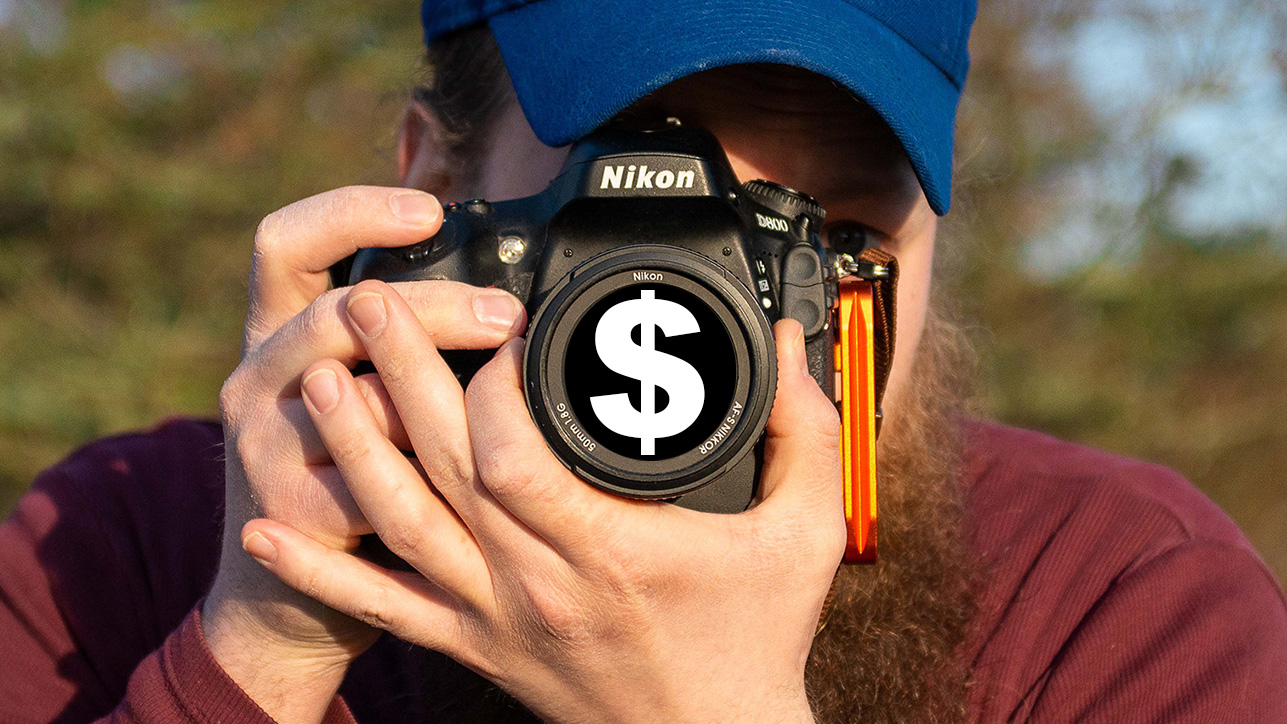10 features you should look out for on your next camera
Planning on buying a new camera? Here are 10 features designed to help you to shoot smarter and get better results
6. AF joystick
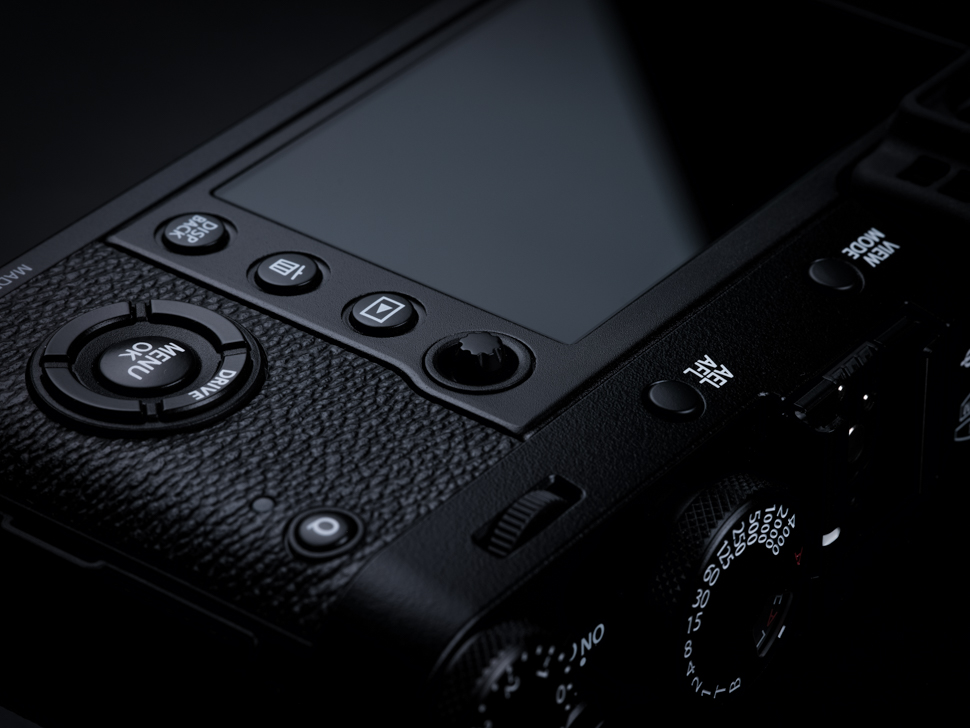
As anyone who has used a camera with an joystick-type control will tell you, this is a feature that makes light work of shifting the focusing point around the frame. In fact, it's difficult to go back to the using a menu pad's directional buttons to do the same thing once you've used one.
This is a feature that's starting to appear on more and more cameras, from compacts and mirrorless models through to DSLRs, and it's usually placed right where the thumb naturally falls.
This can also usually be used to navigate the menu system and perform other functions, although it's when moving the focusing point where you'll probably find it to be most useful.
7. High-capacity battery
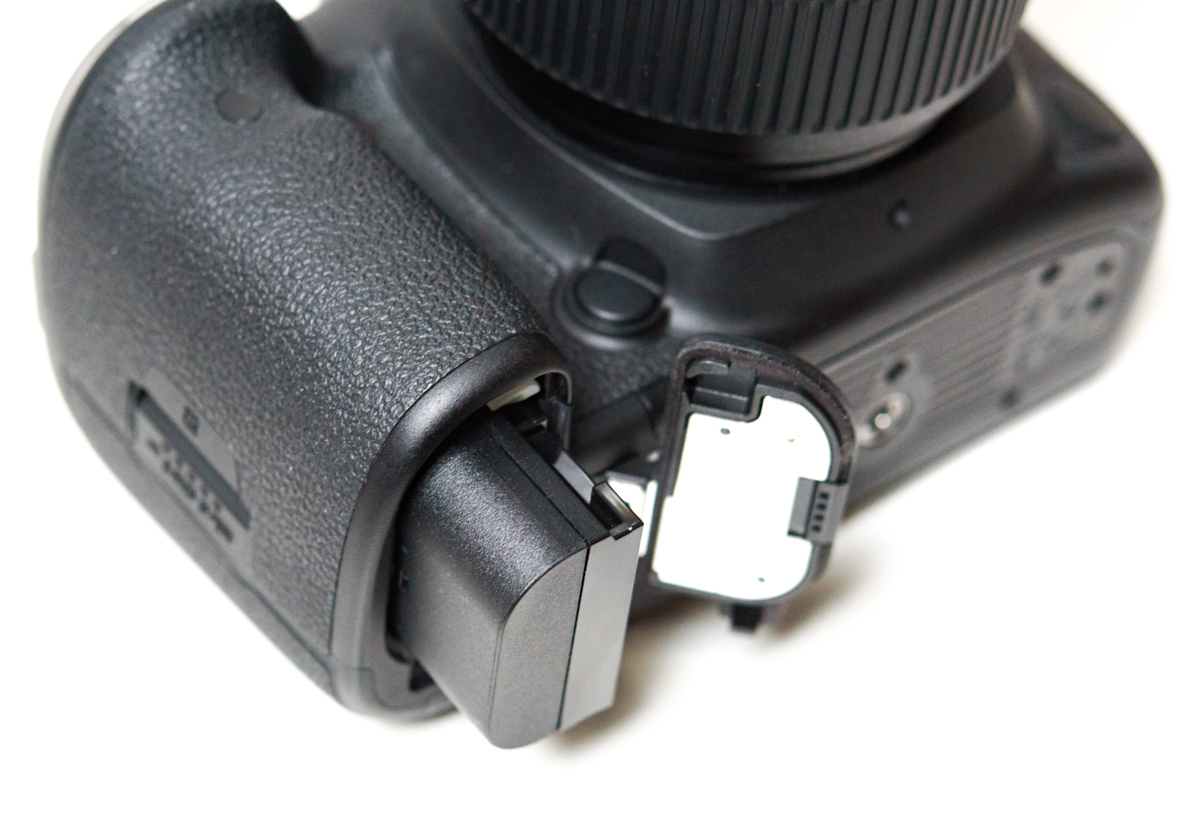
As advanced and impressive as they are, many current mirrorless cameras are hampered by poor battery life. In fact, it's not uncommon for even flagship models to only offer around 400 shots per charge, which is behind even cheaper DSLRs.
This is partly down to the the fact that many models are designed to be compact, and so they use physically smaller batteries that can't offer as much juice as their bigger counterparts, but it's also partly to due to their greater reliance on things like electronic viewfinders.
So, DSLRs still have an edge here, but mirrorless manufacturers know this is an issue and are striving to improve this. Sony's most recent A7 III model, for example, offers 710 frames per charge, which is more than double that of its A7 II predecessor. Olympus's OM-D E-M1 Mark II, meanwhile, can have its 440-shot battery life boosted to 950 shots with its Quick Sleep mode.
This also also something to look for in DSLRs. Nikon's D3400, for example, boasts a 1,200-shot battery life, which is double the previous D3300's 600-shot rating. Sure, you can always opt for a second battery or a battery grip, but it's hard to argue with the convenience of a long battery life as standard.
Get the Digital Camera World Newsletter
The best camera deals, reviews, product advice, and unmissable photography news, direct to your inbox!
8. Dual card slots
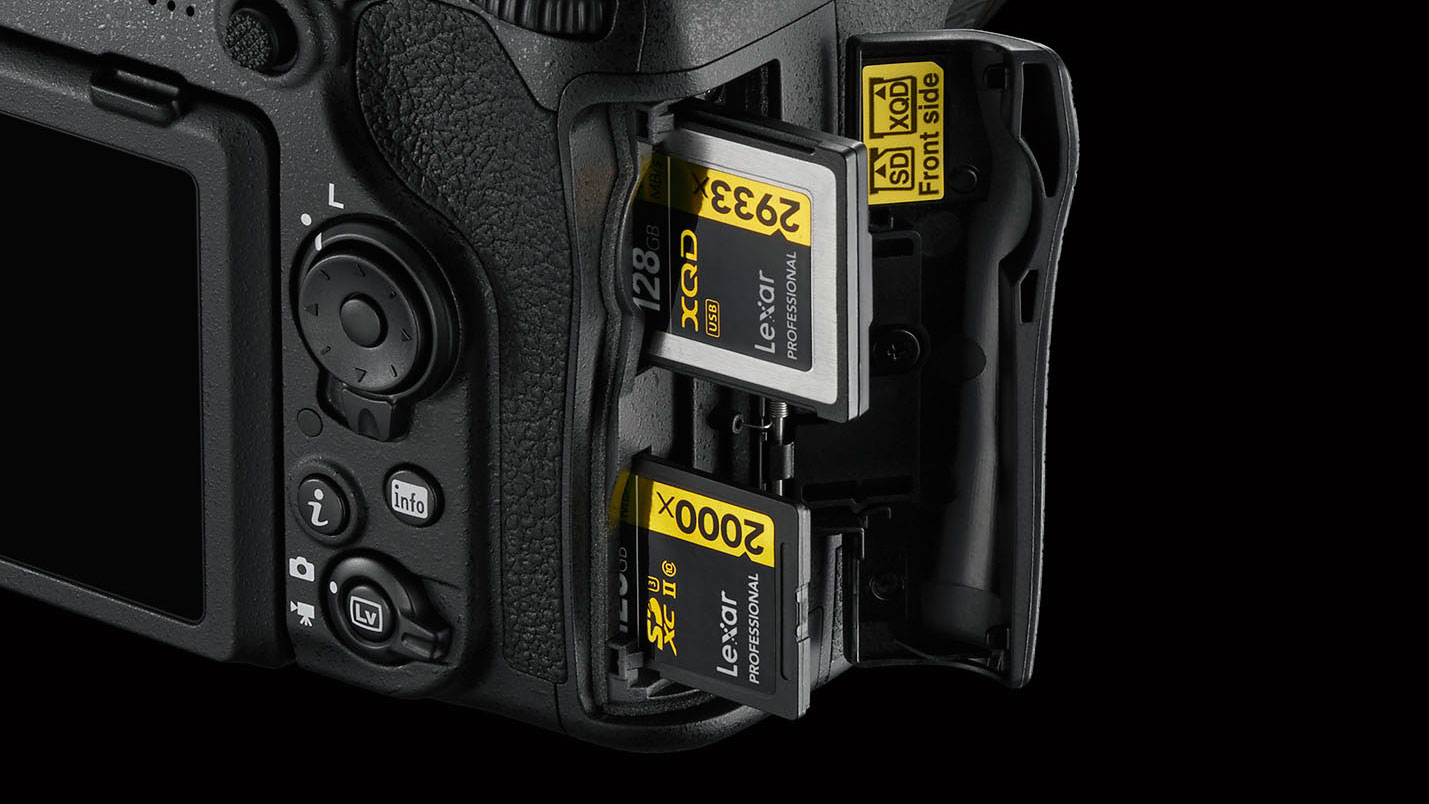
Enthusiast-level cameras with two memory card slots are now becoming fairly standard, and this allows you to shoot in a way that makes dealing with your images and videos more convenient post-capture.
Such cameras typically allow you to send Raw files to one card and JPEGs to the other, or images to one and videos to another. You can also often use the second card slot to duplicate everything on the first as you shoot, which is great from the perspective of security; just ask any wedding photographer who's found one of their memory cards to be corrupted.
9. AF Fine Tune / AF Microadjustment
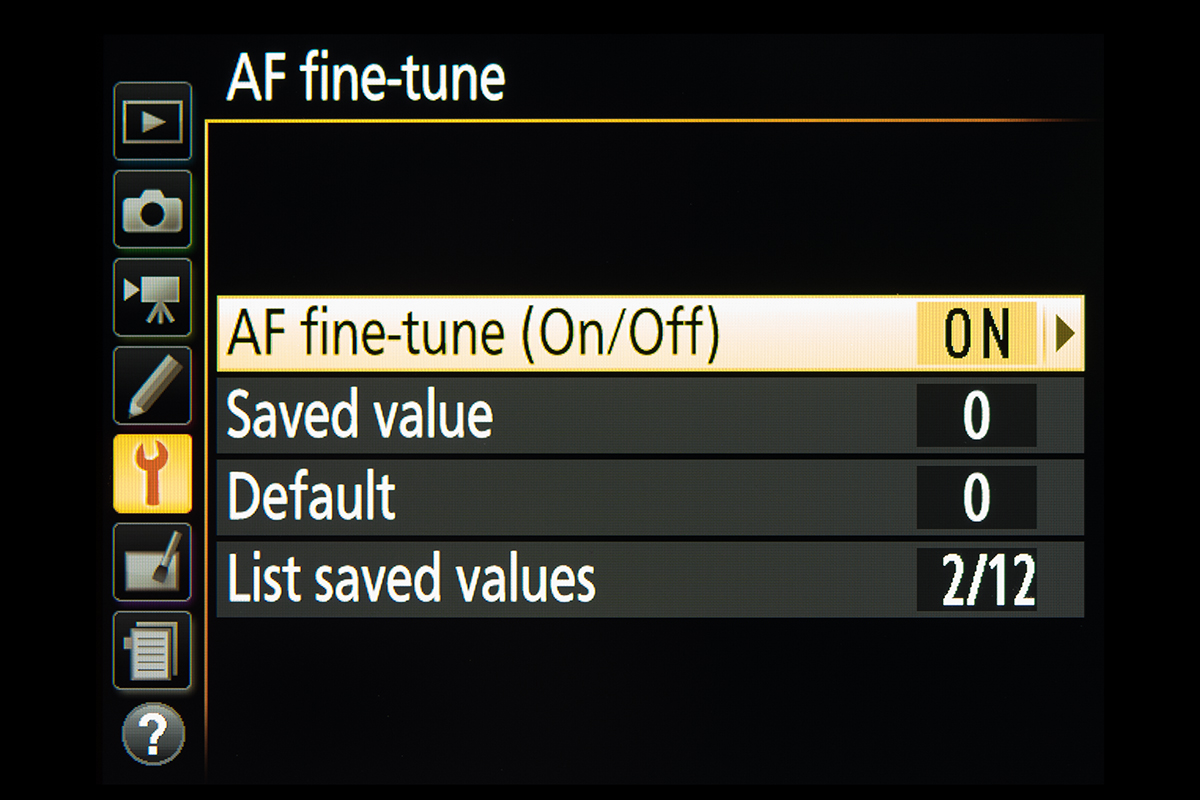
If you imagine your next camera will be a DSLR rather than a mirrorless camera, it's worth checking to see whether it offers some form of focus micro-adjustment.
This is a feature that allows you to compensate for any slight front- or back-focusing from the lens, where you find it actually focuses just behind or ahead of the subject, rather than where it appears to be focusing as you take your shot.
This feature is found on many professional models, and it's spent the last few years trickling down to enthusiast-level ones, although most entry-level models won't offer it so it's worth investigating.
It's particularly useful for portrait photographers and anyone else who tends to shoot at wider apertures, as it's here where any minor focusing shifts are more noticeable. This isn't an issue with mirrorless cameras due to the way in which they autofocus.
10. 4K video
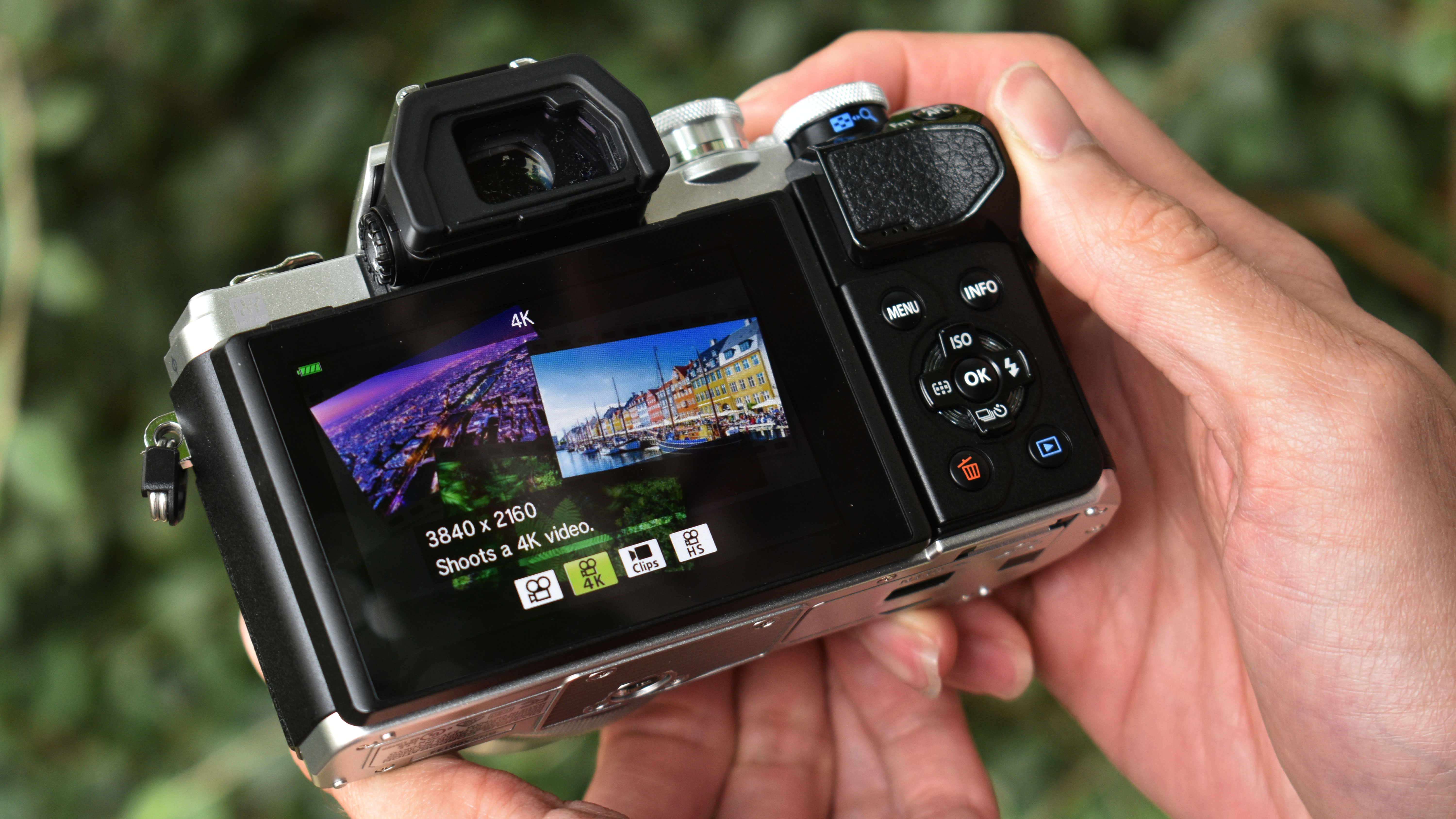
You may not be too interested in video, but there are good reasons why you should still put 4K recording on your wish list when looking for your next camera.
First, there'll no doubt be the odd occasion when you may want to film something, or may need to film something, and knowing you can record in format that's as high in resolution and as future-proof as possible will be something you'll be particularly grateful for in years to come.
This feature is also sometimes accompanied by a number of useful options, such as the ability to extract stills from any captured footage. This is typically at around 8MP, which is more than sufficient for making prints should you ever feel the need to do so, although Panasonic now offers 6K PHOTO option on some of its models that lets you extract 18MP images from footage.
In any case, if you do end up getting the video bug and you film something from which you may want a print, you'll be able to pull this out without needing to go anywhere near a computer.
Cameras that shoot in 4K will also typically have more advanced Full HD options, with high-frame rate modes that make slow-motion recording possible, which can be a lot of fun once you start using them.
Read more: 23 things you should check when buying a new lens
The former editor of Digital Camera World, "Matt G" has spent the bulk of his career working in or reporting on the photographic industry. For two and a half years he worked in the trade side of the business with Jessops and Wex, serving as content marketing manager for the latter.
Switching streams he also spent five years as a journalist, where he served as technical writer and technical editor for What Digital Camera before joining DCW, taking on assignments as a freelance writer and photographer in his own right. He currently works for SmartFrame, a specialist in image-streaming technology and protection.

